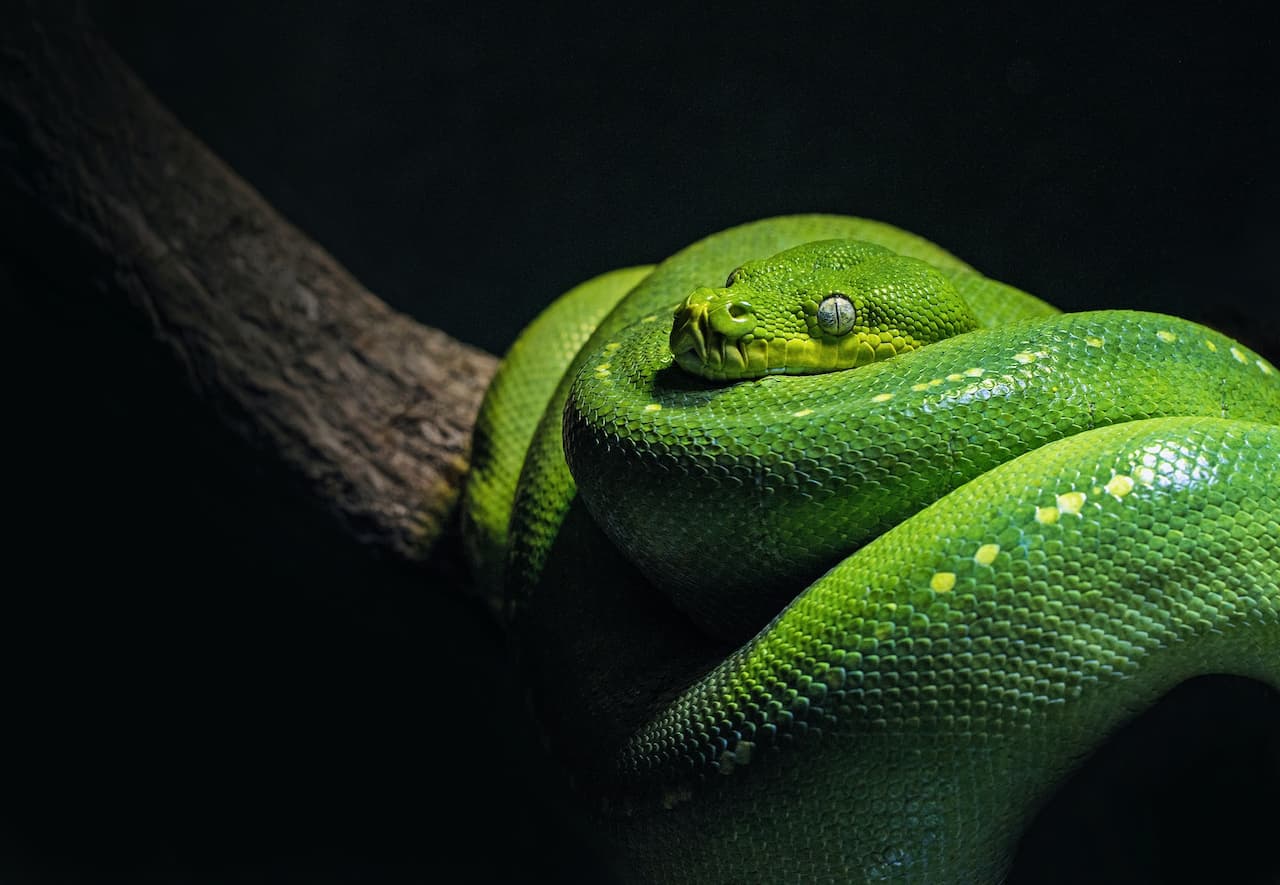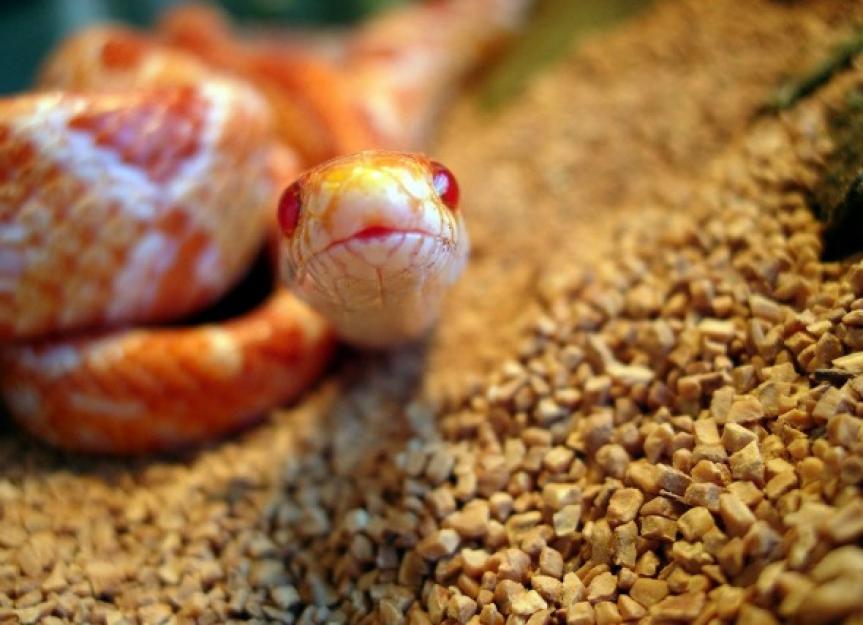Discover Exotic Options: Snake for Sale Listings Revealed
Discover Exotic Options: Snake for Sale Listings Revealed
Blog Article
Vital Care Tips for Pet Dog Snakes: A Novice's Overview
As beginner reptile fanatics begin on the journey of caring for family pet serpents, recognizing the fundamental principles of appropriate husbandry is critical. From selecting the right snake species to creating a suitable environment and preserving optimal ecological problems, each action plays a crucial function in promoting a thriving partnership between owner and serpent.
Choosing the Right Serpent Species
When picking a snake species as a pet dog, it is crucial to take into consideration aspects such as care, temperament, and size needs. Dimension is an important consideration as it directly influences the room needed for the snake to thrive pleasantly.

Establishing the Ideal Unit
To create an ideal living atmosphere for your family pet serpent, meticulous attention to information is called for when establishing the room. The first consideration is the size of the enclosure, guaranteeing it offers adequate space for your serpent to move about and extend comfortably. A basic regulation of thumb is to have a tank that goes to the very least as long as the snake's length and large sufficient to enable different hiding places and a water bowl.
Substratum choice is important, as it not just affects the appearances of the room however likewise contributes in keeping correct humidity degrees. Popular substratums consist of aspen shavings, cypress mulch, and paper towels, each offering various benefits depending on the snake types and preferred humidity degrees.
Incorporating a temperature slope is essential for your snake's general health. Use heat lights, warmth pads, or ceramic heaters to create a cozy side and a cooler side within the unit, allowing your snake to regulate its body temperature as needed. In addition, offering appropriate lighting, hiding areas, and climbing up branches will certainly use enrichment and stimulation for your animal snake.
Providing Proper Home Heating and Lighting
Correct home heating and illumination are essential elements in developing an ideal environment for your family pet snake. To resemble their all-natural setting and guarantee your serpent's well-being, it is important to offer a correct warm gradient within the enclosure.
For home heating, under-tank heating pads or warm tape are commonly made use of to create a warm spot for your snake to bask. Additionally, snakes need a constant light-dark cycle to preserve their circadian rhythm.
Keep in mind to investigate the certain home heating and lighting needs for your snake species to provide a healthy and comfy setting for your pet. snake for sale.
Developing a Feeding Routine
Snakes have varying feeding regularities based on their species, age, and size. Usually, grown-up snakes are fed as soon as every 1-2 weeks, while younger snakes might require even more frequent meals.
When feeding your snake, choose properly sized prey items. The dimension of the target ought to match the snake's girth for appropriate digestion and to stay clear of regurgitation. Icy victim products are suggested as they position much less risk to your serpent contrasted to live target, which can injure the serpent throughout feeding.

Handling and Socializing Your Serpent
When handling and socializing your animal snake, it is essential to approach with care and regard for their natural habits and borders. Snakes are solitary animals naturally and might not look for social communication like various other family pets. Nonetheless, with constant and mild handling, numerous serpents can become accustomed to human contact.
Prior to trying to handle your serpent, ensure that they fit and not in shed or food digestion setting, as this can make them a lot more irritable. Approach your serpent steadly and confidently, supporting their body properly to make you can look here them really feel safe. Avoid sudden activities or loud noises that can startle them.
Begin with brief handling sessions and have a peek here slowly boost the moment as your snake comes to be a lot more accustomed to being held. Be observant of their body language - if they show signs of anxiety like hissing, fast tongue flicking, or coiling firmly, it's finest to put them back in their room.
Keep in mind that not all serpents delight in dealing with, and it's important to appreciate your pet's preferences. Regular, gentle interactions can assist build trust and minimize stress and anxiety for your snake, causing an extra favorable connection between you both.
Verdict
Finally, it is necessary for newbie serpent owners to meticulously pick the best snake varieties, established a suitable unit, give adequate home heating and lighting, establish a feeding routine, and manage their snake properly. Adhering to these care ideas will certainly make sure the health and happiness of the pet snake, developing an unified relationship between proprietor and reptile.
When picking a snake varieties as a family pet, it is crucial to think about aspects such as treatment, size, and temperament demands. Some snakes, like the Corn Snake, have a tendency to be tolerant and docile of handling, making them ideal for those new to serpent possession. Researching and understanding these needs particular to the species you are considering is necessary to supply correct visit this site right here care and make certain the serpent's health. Typically, grown-up snakes are fed when every 1-2 weeks, while younger snakes may need more regular meals.

Report this page